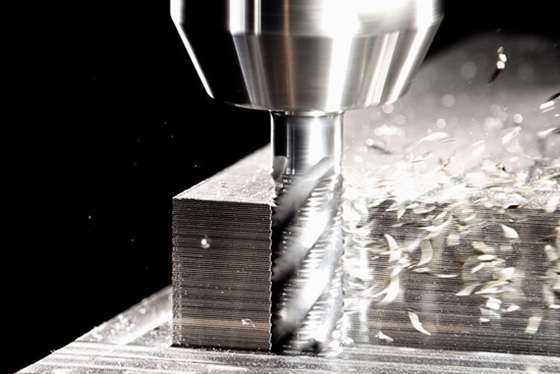Message
Roughing and finishing are two distinct stages in the machining process, each serving a specific purpose. Here are the main differences between roughing and finishing in machining:
1、Material removal rate: Roughing is primarily focused on rapidly removing material from the workpiece to reduce its overall size and shape, whereas finishing aims to achieve the final desired dimensions and surface quality. Roughing operations are characterized by high material removal rates, while finishing operations involve slower and more precise material removal.
2、Cutting parameters: Roughing typically involves using larger depths of cut, higher feed rates, and larger cutting tools, which allows for faster material removal. Finishing, on the other hand, employs smaller depths of cut, lower feed rates, and smaller, more precise cutting tools to achieve the desired surface finish and dimensional accuracy.
3、Surface finish: Roughing operations prioritize material removal over surface finish, resulting in a rougher surface with visible tool marks. Finishing operations, on the other hand, aim to achieve a smooth surface with minimal surface imperfections and tool marks. This is accomplished by using finer cutting tools and optimizing cutting parameters for improved surface quality.
4、Tool wear and tool life: Roughing operations subject the cutting tools to higher cutting forces and more aggressive cutting conditions, leading to faster tool wear. Finishing operations, with their lighter cuts and reduced cutting forces, result in less tool wear and longer tool life.
5、Accuracy and tolerances: Roughing is primarily concerned with removing excess material and achieving a near-net shape, often leaving a margin for subsequent finishing operations. Finishing operations are focused on achieving the final dimensions and surface quality, working within tight tolerances to meet the required specifications.
Overall, roughing and finishing are complementary stages in the machining process. Roughing efficiently removes excess material, while finishing refines the part to meet the desired specifications in terms of surface finish, dimensional accuracy, and tolerances.










